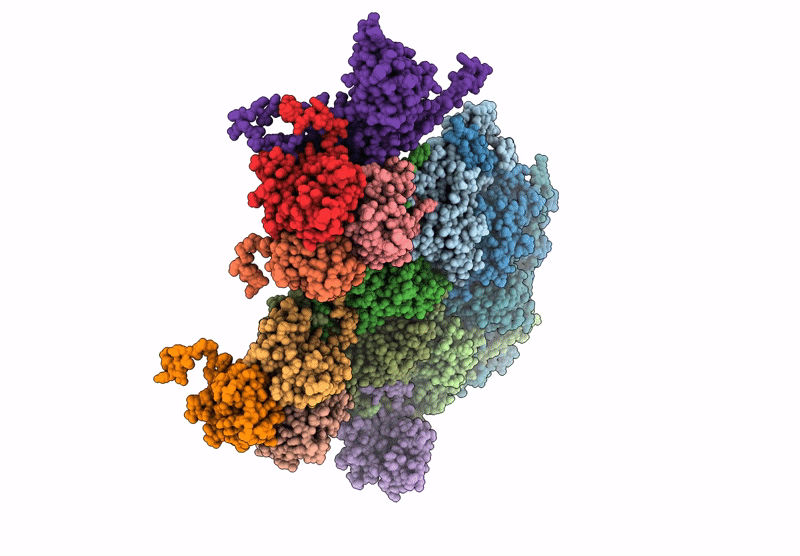
Deposition Date
2022-11-06
Release Date
2023-01-18
Last Version Date
2024-07-03
Method Details:
Experimental Method:
Resolution:
3.17 Å
Aggregation State:
PARTICLE
Reconstruction Method:
SINGLE PARTICLE


